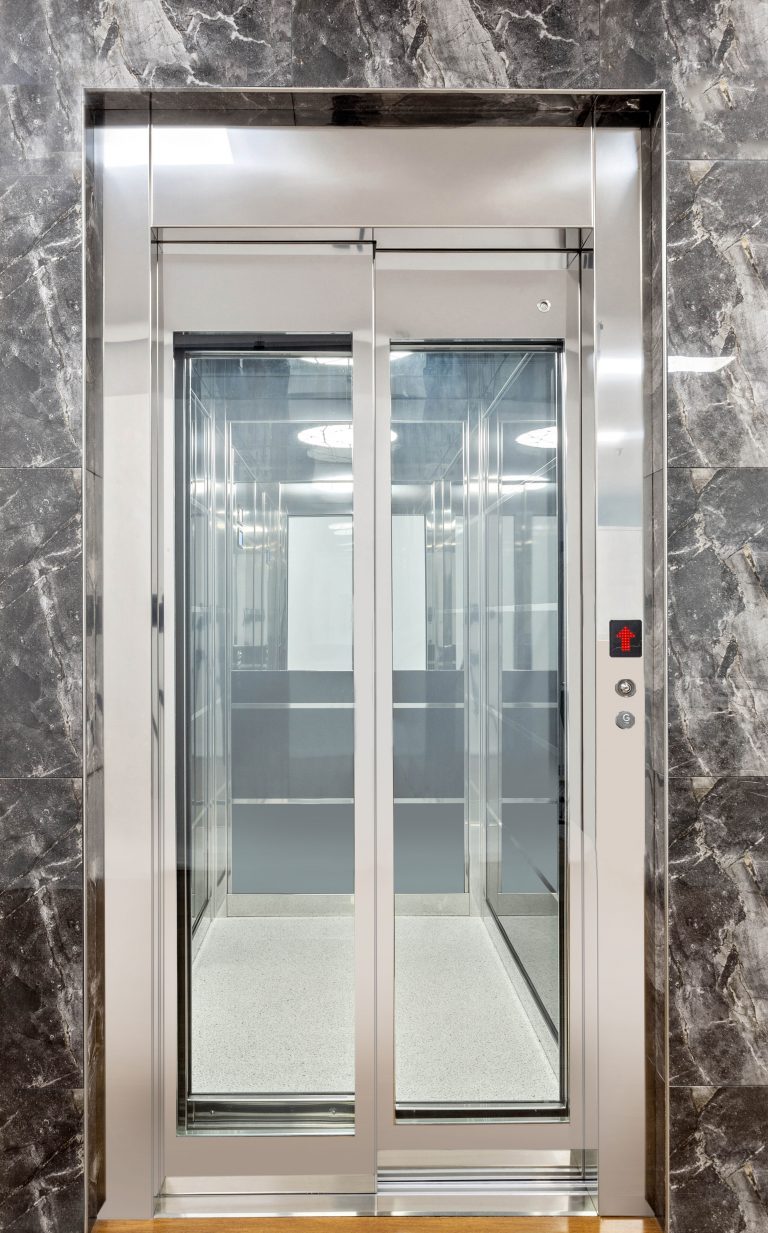Contrast Disabled Platform Lifts Prices UK: Affordable Options for every single Demand
Contrast Disabled Platform Lifts Prices UK: Affordable Options for every single Demand
Blog Article
Looking Into the World of Lifts: Typical Issues Dealt With by Numerous Lift Systems
As we navigate via the upright transport systems of modern-day buildings, elevators stand out as a crucial part of our day-to-day lives. From hydraulic elevators to traction systems and machine-room-less styles, each lift kind comes with its set of usual concerns.
Hydraulic Lifts
Hydraulic lifts, typically favored for low-rise buildings, utilize fluid pressure to regulate the movement of the lift car (lift repair companies). This device involves a hydraulic pump pushing oil into a cyndrical tube, creating the elevator to move in the preferred direction. While hydraulic lifts are understood for their quiet and smooth operation, they do feature their very own set of typical problems
One common problem with hydraulic lifts is oil leak. The seals in the hydraulic system can wear over time, bring about oil seepage. If left unaddressed, this not just produces a mess yet can likewise impact the elevator's efficiency. Furthermore, problems with the control system, such as damaged shutoffs or a malfunctioning pump, can create disturbances in the elevator's activity.
Regular upkeep and prompt repair services are important to guarantee the smooth functioning of hydraulic lifts. By addressing these typical issues proactively, building owners can minimize downtime and ensure the safety and performance of their vertical transport system.
Traction Lifts
When thinking about vertical transport systems in structures, an additional usual kind other than hydraulic elevators is the grip elevator. Traction elevators operate utilizing a system of ropes and weights that move the elevator vehicle by gripping onto the hoist ropes. This device allows for smoother and much faster vertical transportation compared to hydraulic systems.
One of the common concerns encountered by traction elevators is rope wear. The consistent movement of the ropes within the grip system can bring about damage with time, possibly creating the elevator to malfunction or end up being unsafe for use. Routine inspections and maintenance of the ropes are essential to guarantee the elevator's appropriate performance and security.
An additional problem that grip lifts may encounter is connected to the control system. Issues with the control system can cause problems such as unpredictable motion, delays in feedback times, and even total shutdowns. Regular testing and upkeep of the control system are essential to avoid such concerns and guarantee the elevator's reliability.
Machine-Room-Less (MRL) Elevators

One of the key components of MRL elevators is the compact gearless grip maker that is set up within the hoistway. This device efficiently drives the elevator cars and truck without the need for large devices discovered in typical traction lifts. In addition, MRL elevators normally make use of a counterweight system to balance the car, further enhancing their energy performance.
In spite of their advantages, MRL elevators might face challenges related to repair and maintenance due to the constrained room for devices installation. Accessibility for servicing parts within the shaft can be limited, requiring specialized training for service technicians. Correct maintenance routines and regular examinations are crucial to guarantee the continued smooth operation of MRL lifts.
Overloading and Weight Limit Issues
Are elevators outfitted to manage excess weight loads efficiently and safely? Overwhelming and weight limit concerns are important concerns in lift operations. Lift producers layout raises with particular weight capacities to ensure passenger safety and devices long life. Surpassing these weight we maintain lifts limitations can result in various issues, including mechanical failings, hold-ups, and security threats.
When elevators are overloaded, it puts excessive pressure on the motor, wires, and various other components, possibly triggering breakdowns or malfunctions. Safety and security systems such as sensors and overload sensing units are in location to avoid elevators from moving if they identify excess weight. Additionally, surpassing weight restrictions can lead to increased energy consumption and deterioration on the elevator system.
To mitigate overwhelming problems, developing supervisors should prominently present weight limitations in lifts and london lift company inform passengers on the relevance of adhering to these limitations - lift repair companies. Routine upkeep checks by qualified professionals can likewise help make sure that elevators are running within safe weight specifications. By addressing overloading and weight limitation problems proactively, building proprietors can enhance lift safety and performance
Electrical System Failures
Surpassing weight restrictions in lifts can not just lead to mechanical concerns however likewise possibly contribute to electrical system failures within the lift framework. Electric system failures are a vital concern in lift operation, as they can create unforeseen closures, malfunctions, or even safety dangers.
Normal maintenance and assessments are crucial to recognize and resolve possible electrical problems immediately, guaranteeing the effective and risk-free procedure of elevator systems. By adhering to weight restrictions and carrying out regular electrical system checks, structure owners can minimize the danger of electric failings in lifts.
Final Thought

Hydraulic lifts, usually liked for low-rise buildings, make use of fluid stress to regulate the movement of the lift auto.When taking into consideration upright transportation systems in structures, an additional usual type aside from hydraulic lifts is the traction lift. Grip elevators operate making use of a system of ropes and weights that move the elevator vehicle by clutching onto we maintain lifts the hoist ropes. Unlike standard lifts that call for a separate maker room to house the equipment, MRL lifts integrate most of the components within the shaft, getting rid of the requirement for a dedicated equipment room.In final thought, lifts face typical concerns such as hydraulic breakdowns, grip system failings, and electrical system issues.
Report this page